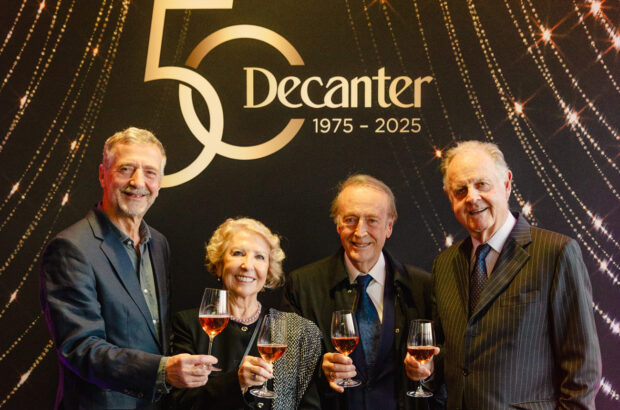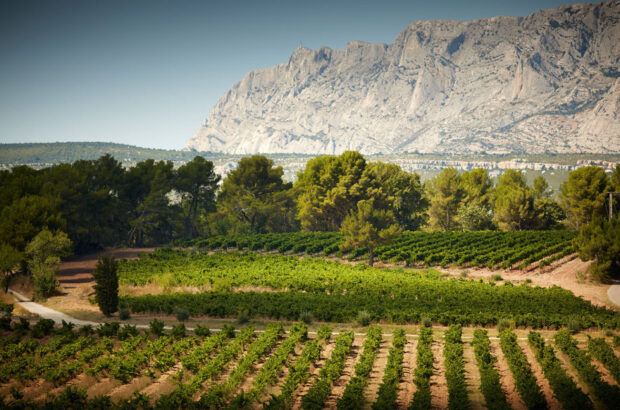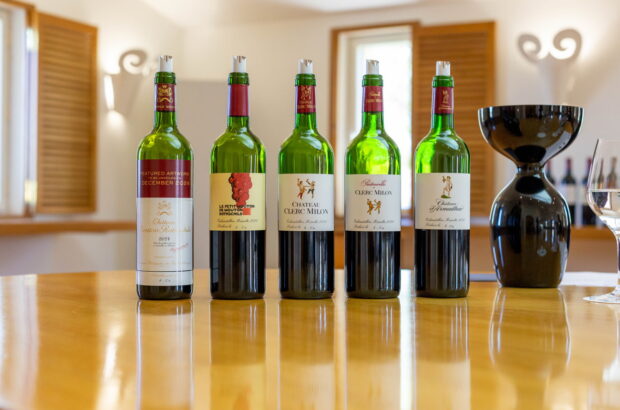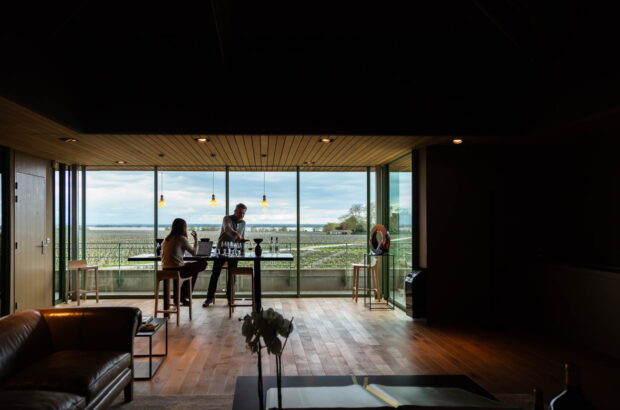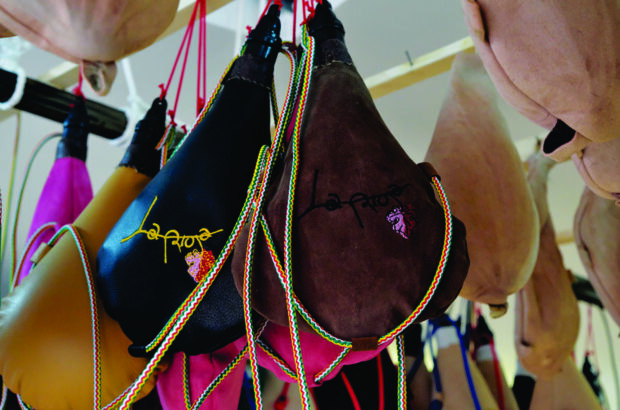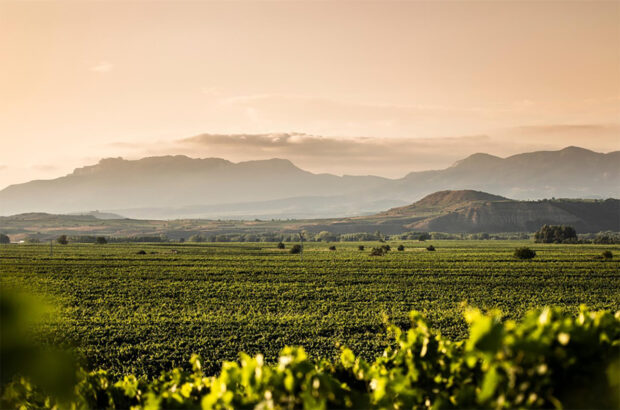It’s quite an admission to make, and the blushes rise to my cheeks as I make it, that when I wrote my first books on wine (up to and including my The World Atlas of Wine, first edition 1971) I was convinced, and told my readers, that the clear and constant differences between the communes of Bordeaux, and their châteaux, were first and foremost the consequences of their different soils, ranging from the light, fast-draining openness of gravel in Graves to a heavier mix with clay in St-Estèphe. Pomerol was clay (with gravel); St-Emilion limestone (with clay). Hence the need for an atlas to plot the vineyards and show the exact locations of their châteaux.
In an indirect way it’s true. I argued that the depth and drainage of the soil is a crucial factor – possibly the key factor – in the quality of a wine. I even made a diagram to show it. Stony or sandy soil drains faster than clay. Soil moisture determines soil temperature, which speeds or slows ripening. It also determines how deep the vine’s roots are obliged to delve for supplies. Sunshine and rainfall vary, too, of course, across the Bordeaux region, but not in such a consistent, predictable way that you can relate them to flavour – or quality. The Right Bank is generally drier and warmer than the Left.
Face it, though: the first determinant of wine’s flavour is the grape variety. I was slow to realise it is Cabernet Sauvignon, above all, that you taste in Pauillac. Tempered with Merlot, sure, but clearly recognisable. In Pomerol it is Merlot. Of course, the success of one or the other is largely down to the soil: pebbly in Pauillac, clay in Pomerol. Yet grape varieties were the last thing château-owners discussed; their secret, they always said, was in their special soil.
We drank a bottle of Château La Fleur-Pétrus 2009 the other night; that density of flavour and texture, that feeling of velvet just rimmed with fire, of sweetness with a bitter edge, was Merlot thriving in Pomerol’s ideal conditions. What would be its Médoc counterpart? Perhaps Château Lynch-Bages in Pauillac. The blackcurrant/red pepper signature of Cabernet Sauvignon comes through the density of oak-tinged flavour. Both wines fill your mouth with the warmth of their alcohol, tannins and pigments. What gives them both the hallmark of claret? That’s the question I’ve been struggling with for decades.



